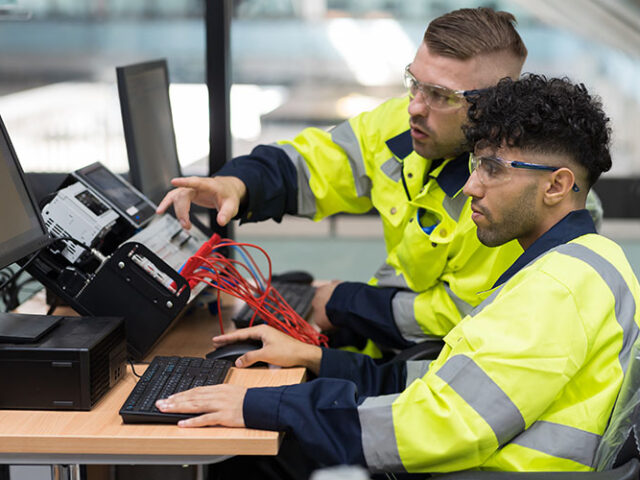AutoKonf, a project funded by Germany’s Federal Ministry of Education and Research, unveils innovative E/E architecture for highly automated vehicles.
The AutoKonf consortium recently presented a new solution designed to integrate safety-critical functions into highly automated vehicles’ E/E architecture with unprecedented economy and technical efficiency. The objective of this publicly funded project was to enable fault-tolerant braking and steering without having to install a full array of redundant components. This can now be done with a reconfigurable network of control units that cuts costs and reduces the component footprint.
Streamlined E/E architecture with fewer components
The transition from failsafe to fault-tolerant components in highly automated vehicles requires changes throughout the E/E architecture. Drivers may not always be able to respond immediately to take control in the event of a fault, so the components needed to operate autonomy-level-4 vehicles have to be failsafe. Conventional approaches simply duplicate braking and steering control units. If one component fails – say, the steering control unit – the backup takes over to make sure the car still steers properly.
Source: “Failsafe steering and braking for self-driving cars”, Fraunhofer Research Institution for Microsystems and Solid State Technologies EMFT




